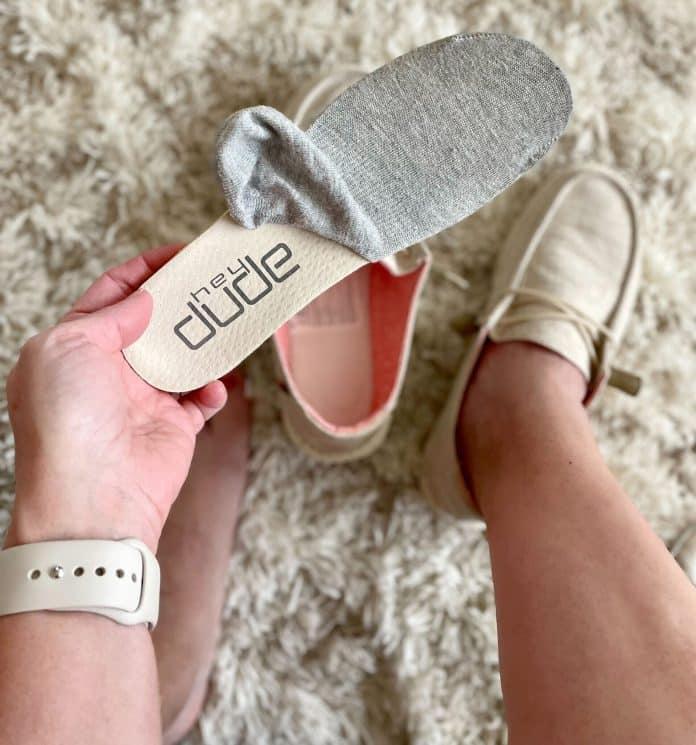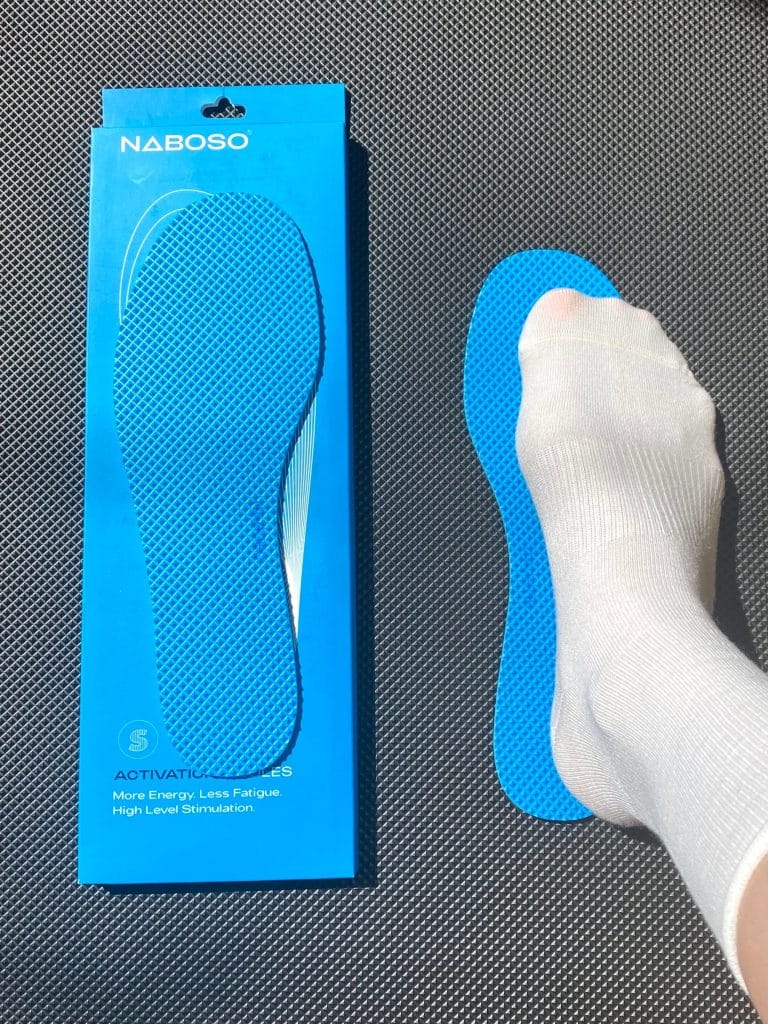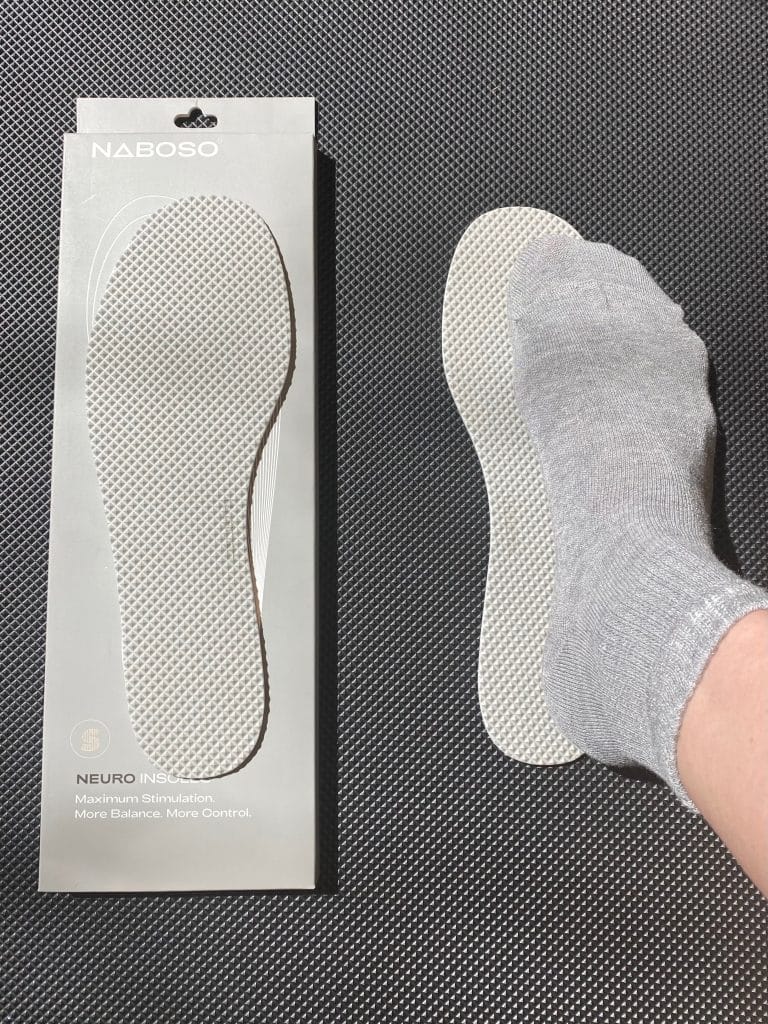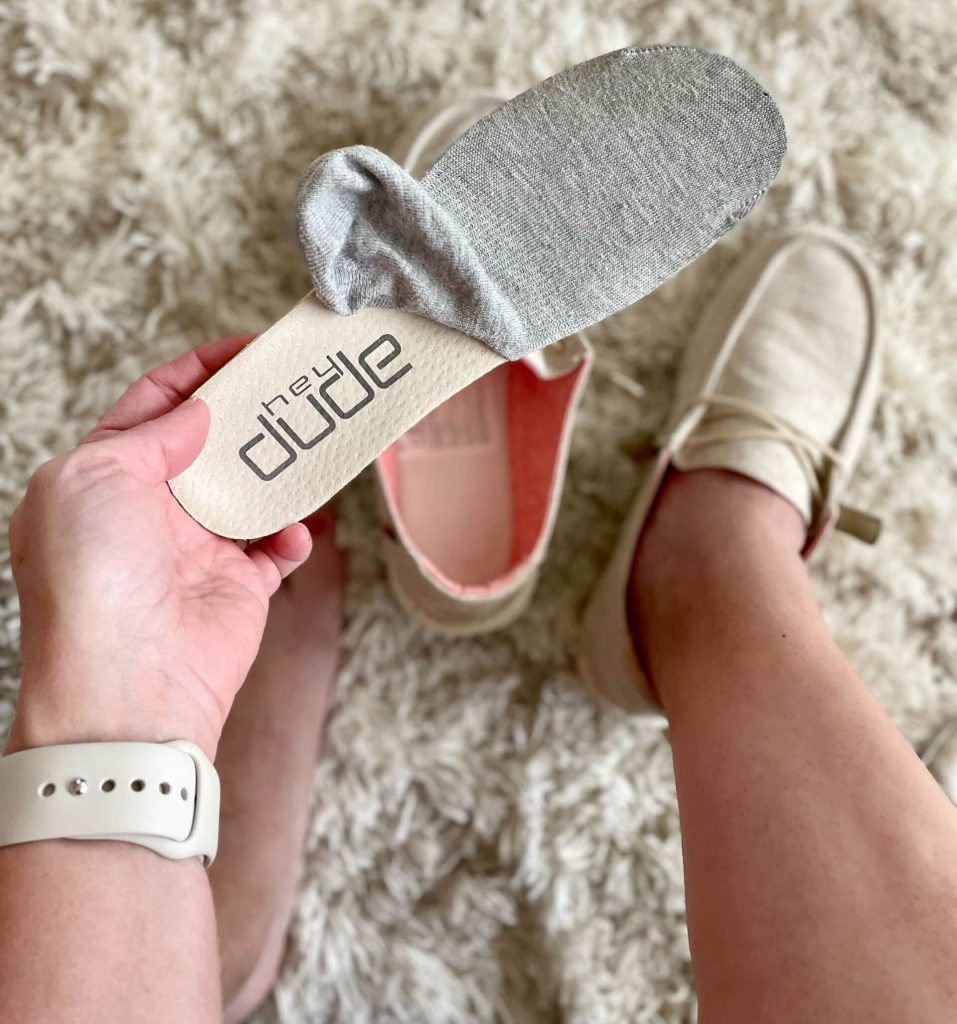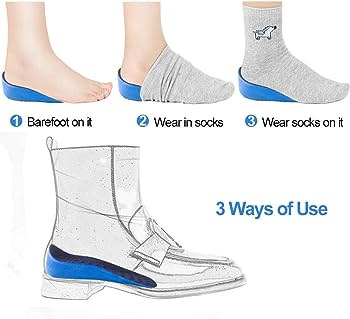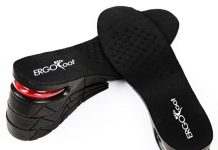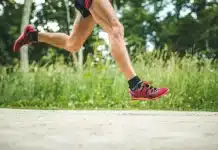Picture this: You’ve just bought a new pair of insoles to provide extra cushioning for your feet. Now comes the age-old question: Do you wear socks with insoles?
It’s a dilemma that many of us have faced at some point. On the one hand, you want to maximize the comfort and benefits of your insoles, but on the other hand, you don’t want to sacrifice the hygiene and moisture-wicking properties of your favorite socks.
So, what’s the verdict? Let’s delve into the pros and cons to help you make an informed decision. Wearing socks with insoles can provide numerous benefits, making your footwear experience more comfortable and enjoyable.
Whether you’re simply going about your daily activities or engaging in athletic pursuits, wearing socks with insoles can significantly enhance your foot comfort and overall health.
In this article, we will explore the various benefits of wearing socks with insoles, considerations to keep in mind, alternative options, when to wear socks with insoles, how to choose the right socks with insoles, types of insoles available, cautionary notes, routine maintenance, and expert opinions.
By the end of this comprehensive article, you’ll have all the information you need to decide about wearing socks with insoles.
Benefits of Wearing Socks with Insoles
1. Increased Comfort
One of the primary benefits of wearing socks with insoles is their increased comfort. Insoles are designed to provide additional cushioning and support to your feet, and wearing socks can enhance these effects.
The combination of socks and insoles can help reduce the pressure on your feet while providing a soft and comfortable layer between your feet and the shoe. This can make a significant difference, especially if you spend long hours on your feet or engage in high-impact activities.
2. Better Moisture Control
Moisture control is another significant benefit of wearing socks with insoles. Socks act as a barrier between your feet and the shoe, absorbing sweat and preventing it from saturating the insoles and the shoe.
Moisture-wicking socks are particularly effective in keeping your feet cool and dry by drawing moisture away from the skin. By managing moisture effectively, socks with insoles can help prevent unpleasant odors, reduce the risk of fungal infections, and promote overall foot hygiene.
3. Reduced Friction and Blister Prevention
Wearing socks with insoles can also help reduce friction between your feet and the shoe, minimizing the risk of blisters and abrasions. Insoles provide a smooth and cushioned surface for your feet, while socks create a protective barrier that reduces friction.
This combination can be particularly beneficial if you have sensitive or prone-to-blister skin. You can minimize discomfort and enjoy your activities without worrying about painful blisters by wearing socks with insoles.
Considerations for Wearing Socks with Insoles
While wearing socks with insoles offers many benefits, it’s essential to consider some factors to ensure the best experience and maximize the advantages. Here are a few considerations to keep in mind:
1. Sock Thickness
The thickness of the socks you choose can impact comfort and fit. If your insoles are thicker, you may need to select slightly thinner socks to prevent your shoes from feeling too tight. Alternatively, if your insoles are thinner, you may prefer socks with additional padding for extra comfort and cushioning.
2. Material Selection
Choosing the suitable materials for your socks can significantly influence their moisture-wicking and breathability capabilities.
Consider selecting socks made from moisture-wicking fabrics, such as merino wool or synthetic blends, as they are designed to keep your feet dry and comfortable. Avoid cotton socks, as they retain moisture and can lead to discomfort and blisters.
3. Odor Control
If odor control is a particular concern for you, look for socks specifically designed to prevent the growth of bacteria and the development of unpleasant odors. Socks with antibacterial or antimicrobial properties can help keep your feet fresh and odor-free throughout the day.
Alternative Options to Wearing Socks with Insoles
While wearing socks with insoles is popular, alternative options are based on your preferences and specific needs. These options include:
1. Barefoot Option
Some individuals prefer going barefoot inside their shoes, even with insoles. This option may suit certain activities or individuals who value direct contact with the insoles and the shoe. However, it’s important to note that going barefoot may increase the risk of friction, blisters, and odor, especially if your feet tend to sweat more.
2. Specialty Insoles with Built-in Sock
For those who desire the benefits of socks and insoles without the hassle of separate components, specialty insoles with built-in socks are available.
These innovative products combine the cushioning and support of insoles with the moisture control and comfort of socks. They offer a convenient, all-in-one solution, eliminating the need to wear separate socks with your insoles.
3. Sockless Insole
Alternatively, you can opt for sockless insoles if you prefer not to wear socks. These insoles are designed to be worn without socks and often have moisture-wicking properties to keep your feet dry and comfortable.
While this option may not be suitable for everyone, it can be a viable choice for those who enjoy the barefoot feeling while still benefiting from the added support of insoles.
When to Wear Socks with Insoles?
Determining when to wear socks with insoles largely depends on your personal preference, activities, and environmental conditions. Here are a few situations where wearing socks with insoles can be especially beneficial:
1. Everyday Wear
Wearing socks with insoles for everyday activities can provide continuous comfort, moisture control, and protection for your feet. Whether you’re running errands, working, or simply going about your daily routine, the combination of socks and insoles can ensure optimal foot health and enhance the overall comfort of your footwear.
2. Athletic Activities
Engaging in athletic activities such as running, hiking, or playing sports puts additional strain on your feet.
Wearing socks with insoles during these activities can provide the necessary cushioning, support, and moisture control to keep your feet comfortable and protected. Additionally, the reduced friction and blister prevention offered by socks and insoles can improve your performance and help you avoid foot-related injuries.
3. Winter or Cold Weather
Wear socks with insoles becomes even more essential during winter or in cold weather conditions. The combination helps to insulate your feet, keeping them warm and protected from the cold.
Socks with moisture-wicking properties can also prevent your feet from becoming damp due to sweat, reducing the risk of discomfort and potential cold-related issues.
How to Choose the Right Socks with Insoles?
Selecting the right socks to complement your insoles is crucial for optimal comfort and performance. Consider the following factors when choosing socks to wear with insoles:
1. Sock Length
The length of the socks you choose depends on the type of shoes you’ll be wearing. Crew socks, up to the mid-calf, are a versatile option for various shoe styles, providing ample coverage and protection. However, if you prefer a shorter or longer length, ankle or knee-high socks are alternatives.
2. Cushioning and Arch Support
Look for socks with additional cushioning and arch support, especially if your insoles have minimal padding. These features can enhance comfort and provide targeted support where you need it most. Socks with built-in arch support can help alleviate foot fatigue and promote proper alignment.
3. Moisture-Wicking Fabric
Opt for socks made from moisture-wicking fabrics such as merino wool, synthetic blends, or bamboo fibers to ensure adequate moisture control. These materials draw moisture away from the skin, keeping your feet dry and comfortable even during intense activities.
4. Proper Fit
Choosing socks that fit correctly is essential for comfort and performance. Avoid socks that are too loose or too tight, as they can bunch up or restrict blood flow. Opt for socks that have a snug but not constricting fit, with ample stretch for flexibility and movement.
Types of Insoles
Insoles come in various types, each designed to address specific foot conditions or provide targeted support. When choosing insoles to wear with socks, consider the following options:
1. Cushioned Insoles
Cushioned insoles provide additional padding and shock absorption, making them ideal for individuals seeking extra comfort and impact protection. These insoles are often made from foam or gel, providing a soft and cushioned base for your feet.
2. Arch Support Insoles
If you have flat feet or high arches, arch support insoles can help alleviate discomfort and provide the necessary support for proper foot alignment. These insoles are designed with specific arch contours, molding to the shape of your feet and promoting balance and stability.
3. Gel or Foam Insoles
Gel or foam insoles are known for distributing pressure evenly across the foot, reducing pain, and providing enhanced comfort. The gel or foam material conforms to the contours of your feet, offering cushioning and support where you need it most.
4. Custom Orthotic Insoles
Individuals with specific foot conditions or complex foot mechanics may benefit from custom orthotic insoles. These insoles are crafted based on a detailed analysis of your feet, providing personalized support and addressing biomechanical issues. Custom orthotic insoles may require podiatrist or foot specialist input for proper fitting and alignment.
Cautionary Notes for Wearing Socks with Insoles
While wearing socks with insoles offers numerous benefits, there are a few cautionary notes to keep in mind:
1. Bacterial Growth
Wearing socks with insoles can create a warm and moist environment inside your shoes – the perfect breeding ground for bacteria. To prevent bacterial growth and potential foot infections, it is essential to regularly clean and dry both your socks and insoles.
2. Increased Shoe Tightness
Adding additional padding with insoles and wearing socks can make your shoes tighter. This may result in discomfort or constriction, especially if your shoes are snug. Ensure that your shoes have enough room to comfortably accommodate the insoles and socks.
3. Sensitivity and Allergies
Some individuals may be sensitive or allergic to materials commonly found in socks or insoles, such as latex or specific dyes. If you have known sensitivities or allergies, carefully review the materials used and consider hypoallergenic alternatives to avoid potential skin irritation or adverse reactions.
4. Incompatible Shoe Types
Not all shoe types are suitable for wearing socks with insoles. Specific shoes, such as ballet flats or minimalist footwear, are designed to be worn without socks and may not have sufficient space to accommodate insoles. Ensure your shoes have enough depth and volume to accommodate the insoles and socks comfortably.
Routine Maintenance of Socks with Insoles
To ensure the longevity and effectiveness of your socks and insoles, it’s essential to establish a routine maintenance routine:
1. Regular Washing and Drying
Regularly washing your socks and insoles helps keep them clean and fresh, preventing the buildup of sweat, bacteria, and odors. Follow the care instructions provided by the manufacturer and opt for gentle washing cycles with mild detergent. After washing, allow your socks and insoles to air dry completely before wearing them again.
2. Inspection for Wear and Tear
Regularly inspect your socks and insoles for any signs of wear and tear. Pay attention to the seams, cushioning, and overall integrity of the materials. If you notice any damage or wear, replace the affected components promptly to ensure optimal comfort and support.
3. Replacing Worn-out Socks and Insoles
Over time, socks and insoles will naturally wear out due to regular use and exposure to moisture and friction. Replacing worn-out socks and insoles is essential to maintain effectiveness and prevent foot discomfort.
As a general guideline, consider replacing socks every six months to a year and insoles every six months to two years, depending on usage.
Expert Opinions on Wearing Socks with Insoles
Expert opinions can help shed light on the benefits and considerations of wearing socks with insoles. Here are a few perspectives from various professionals:
1. Podiatrists’ Recommendations
Podiatrists recommend wearing socks with insoles to enhance foot comfort and prevent foot conditions. They emphasize the importance of choosing moisture-wicking socks, proper fit, and proper hygiene to prevent foot infections and skin issues.
2. Athletic Trainers’ Perspectives
Athletic trainers often praise the combination of socks and insoles for athletes and active individuals. They highlight the importance of moisture control, cushioning, and reduced friction to minimize the risk of blisters, foot pain, and injuries during intense physical activities.
3. Footwear Specialists’ Insights
Footwear specialists emphasize proper fit and alignment when wearing socks with insoles. They recommend visiting a shoe store with knowledgeable staff to ensure the socks, insoles, and shoes all work together harmoniously to provide maximum comfort and support.
Conclusion
Choosing socks with insoles is a matter of personal preference and specific needs.
You can make an informed decision by considering the benefits, alternatives, considerations, and expert opinions discussed in this article.
Experiment with different combinations, consider your desired level of cushioning and support, and choose materials that cater to your foot health and comfort.
Whether you wear socks with insoles or explore alternative options, prioritize your foot’s well-being and enjoy the benefits of a comfortable and supported stride.

